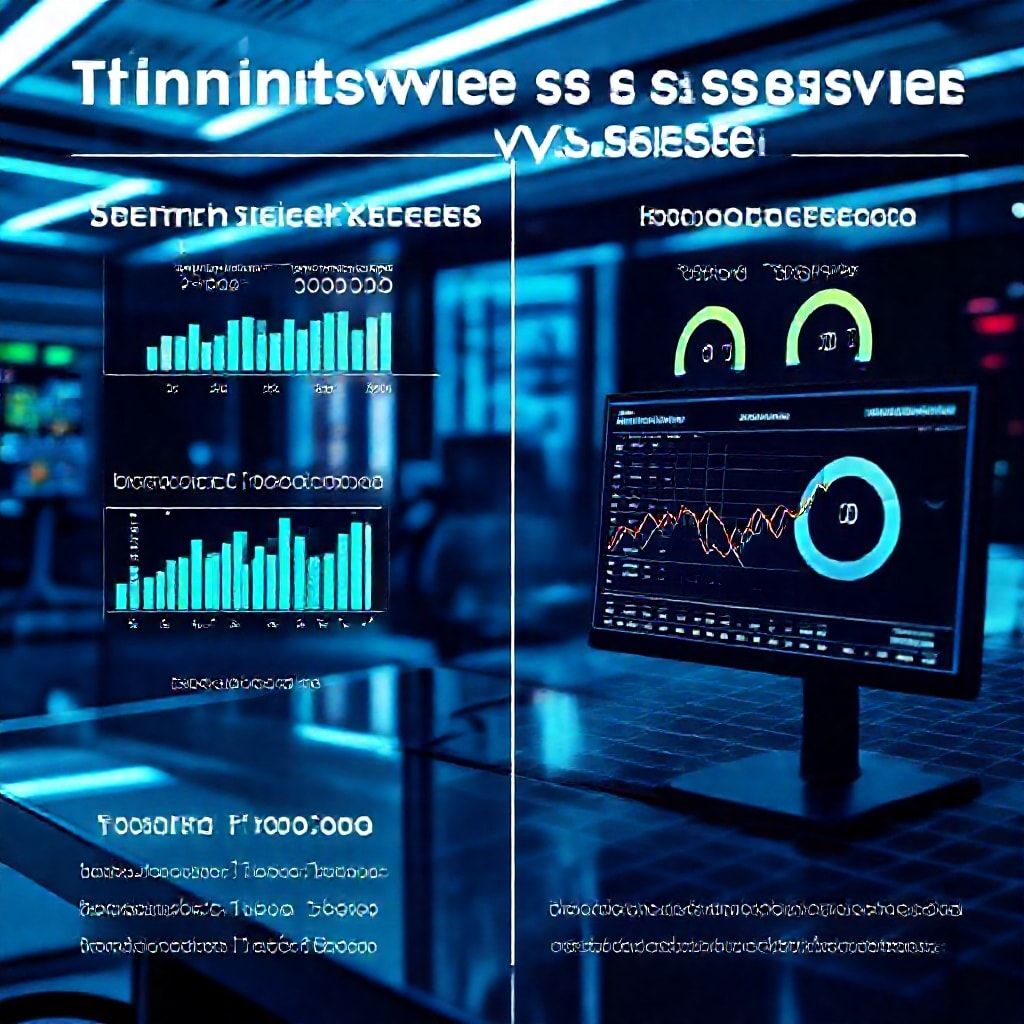How does Thinkorswims trade execution speed compare?
How does Thinkorswims trade execution speed compare?
Introduction
For active traders, speed is more than a buzzword—its the difference between getting filled at your target price or watching a move slip away. Thinkorswim is known for a robust desktop platform with direct routing, real-time data, and a stable workflow that keeps you in the market during fast-moving sessions. This piece looks at how its trade execution speed stacks up across asset classes, what features drive it, and what traders should watch as markets evolve in a web3 world.

Features and Speed: What drives the pace
- Direct routing and co-located data centers: Thinkorswim leverages direct routes to major venues, reducing hop latency. In practical terms, orders tend to reach the market quickly, with less time spent waiting in queues during calm periods.
- Real-time data streams: With streaming quotes, time-and-sales, and Level II, you’re not waiting for a lagging update. The faster you see price, the sharper your entry decisions can be.
- Asset class breadth and order types: Forex, equities, options, and futures (along with indices) benefit from optimized routing for different liquidity profiles. Market orders fill quickly in liquid markets, while limit orders help you control slippage in choppier sessions.
- Platform stability and tooling: The desktop app is built for speed with responsive charts, multi-monitor layouts, and efficient order-entry workflows. Mobile parity helps you stay in control on the go, minimizing the need to chase the market.
Key Points about execution experience
- Latency under pressure: In high-volatility events, execution speed can be tested by sudden liquidity drying up. Thinkorswim typically maintains low latency, but the actual fill quality depends on market depth and your internet path.
- Slippage vs. price improvement: In tight markets, the platform’s routing tends to deliver good price improvement, yet slippage can still occur if a stock or option leg gaps.
- Multi-asset orchestration: For traders juggling forex or futures alongside stocks and options, consistent performance across products matters. Thinkorswim’s design aims to keep the experience smooth across these assets, though each market has its own quirks.
- Reliability as a baseline: Regular maintenance windows and well-structured risk controls help keep execution predictable, which matters most to scalpers and high-frequency-minded traders.
Characteristics in practice
- Execution quality: Data-driven traders report that order fills align closely with the quoted best bids/asks in typical sessions, with tighter spreads in the morning and around lunch-time liquidity spikes.
- Charting and analytics: Fast, responsive charting supports quick validation of the trade idea, reducing the chance you chase a moving price after entering.
- Safety and risk tools: Built-in risk controls, stops, and bracket orders give you a way to automate protection as speeds pick up or pull back.
Web3 context and forward-looking outlook
The broader web3 finance space promises even faster settlement and cross-venue liquidity, but it comes with front-running risks, gas frictions, and fragmentation. Centralized platforms like Thinkorswim provide a reliable pace today, while DeFi and cross-chain solutions push the envelope on speed and transparency—but require careful risk management. Expect hybrids that blend robust centralized execution with selective DeFi liquidity to emerge, along with AI-assisted routing to optimize paths in real-time.
Future trends: smart contracts and AI-driven trading
Smart contracts and AI-driven signals could change how execution decisions are made, nudging speed from “fast enough” toward “predictively fast.” Automated legging for options, adaptive order routing, and real-time risk analytics may become standard features, helping traders stay ahead in volatile markets.
Reliability and leverage strategies
- Practical tips: stabilize your setup with a wired internet connection, a backup line, and a clean trading workstation. Use limit orders when you want price control, and bracket or OCO orders to manage risk without constant supervision.
- Leverage mindset: calibrate position size to your margin tolerance; gradual scaling and disciplined stops help protect during fast moves. In high-leverage plays, speed is only part of the equation—survivability and risk controls matter just as much.
Promotional tagline
Thinkorswim: where speed meets precision—trade faster, with trust you can feel.
If you’re aiming to stay ahead in a multi-asset world, think speed, think stability, think Thinkorswim.
YOU MAY ALSO LIKE